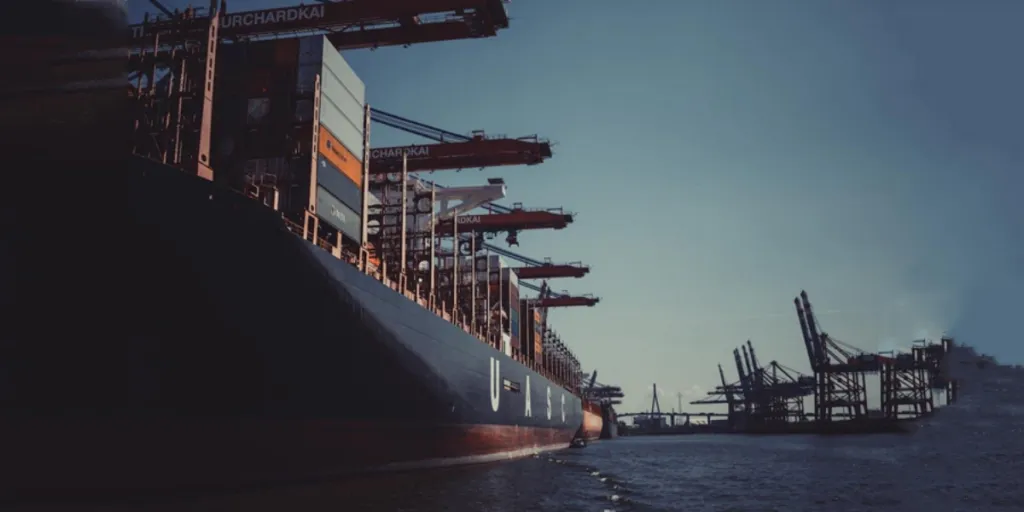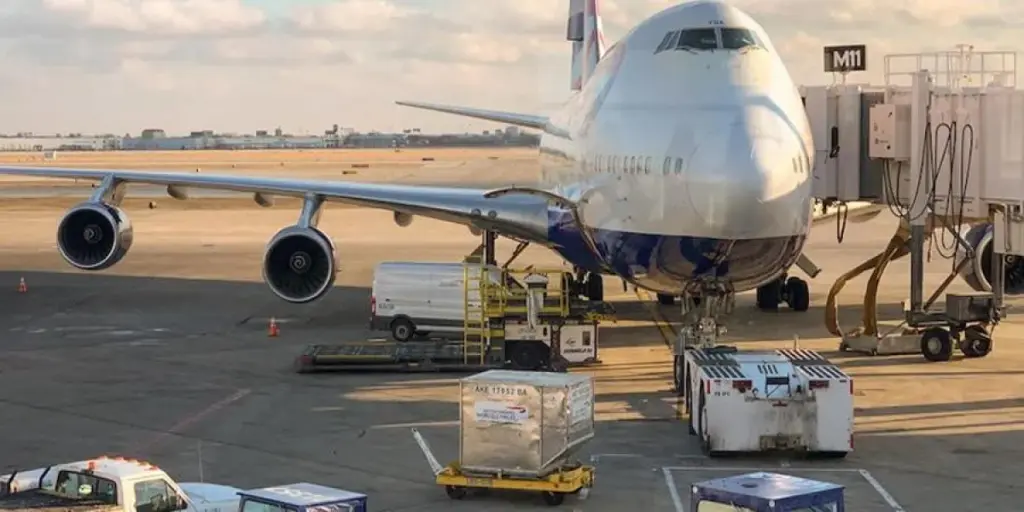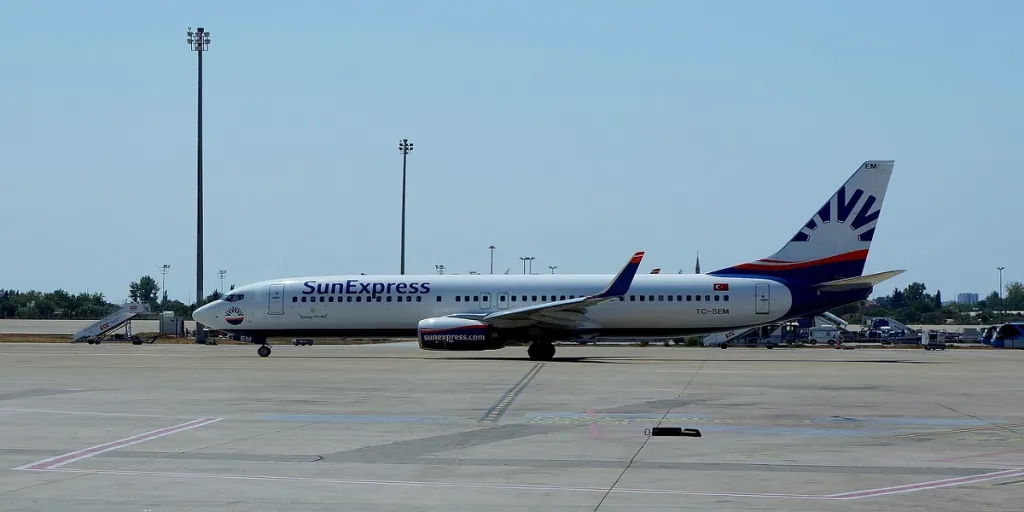Ocean alliances are strategic partnerships between shipping companies formed to pool resources, share space on ships, and combine network routes. The primary motivation behind forming ocean alliances includes:
- Saving money: Operating huge ships across long distances is extremely expensive. By sharing these ships with other companies, each alliance member can save a lot of money on fuel, crew salaries, and ship maintenance.
- Reaching more places: No single shipping company can reach every port in the world on its own. By teaming up, these companies can use their combined networks to reach more cities and countries, making transporting goods all over the globe easier.
- Offering better services: Working together allows these companies to provide more frequent trips and flexible schedules. This means goods can be delivered faster and more reliably, which is great for businesses waiting on shipments.
- Staying competitive: The shipping industry is very competitive. Smaller companies risk being pushed out by the bigger ones. These smaller companies can remain relevant and competitive against larger rivals by forming alliances.
Continue reading to explore the three major ocean alliances and learn how these powerful maritime collaborations share vessels, ports, and routes to keep the wheels of global ecommerce spinning!
Table of Contents
1. 2M Alliance
2. Ocean Alliance
3. THE Alliance
4. The regulatory oversight in ocean alliances
2M Alliance
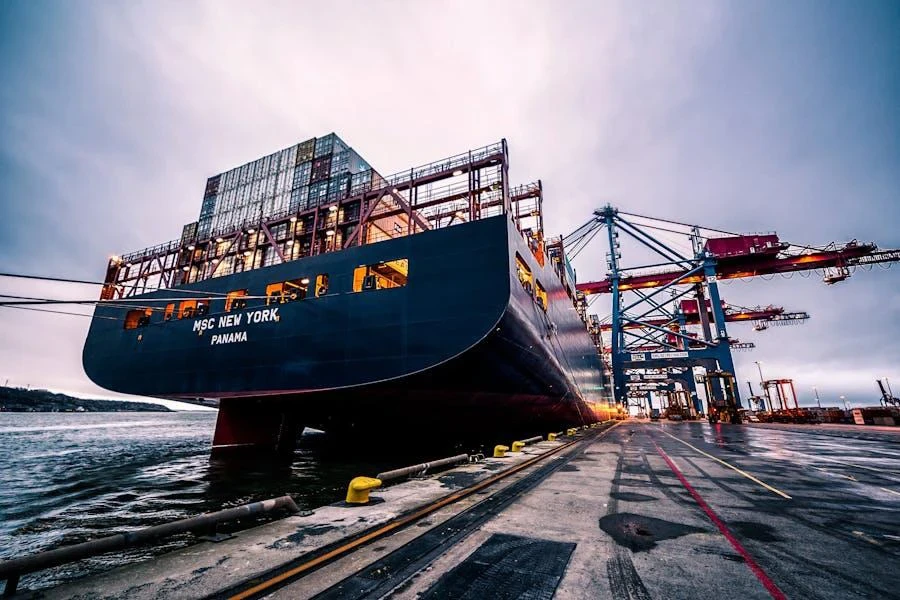
The 2M Alliance is a maritime collaboration between two giants of the sea: Maersk Line and Mediterranean Shipping Company (MSC). Maersk Line, based out of Copenhagen, Denmark, is one of the largest container shipping companies worldwide. Meanwhile, the Swiss-based MSC is the runner-up, extending its reach to all significant global ports.
The genesis of the 2M Alliance began with its announcement in 2014, and the world saw its inception as an operational force in 2015, marking a new chapter in maritime history. Their combined efforts primarily focus on the major East-West trade lanes—spanning the routes of Asia to Europe, the vast expanse of the trans-Pacific, and the historic trans-Atlantic.
A staggering figure is that, as of March 2023, the 2M Alliance commands approximately 51% of the Atlantic trade’s global container fleet capacity. To grasp the enormity of this coverage, one must consider that overall, the alliance controls 11% of the world’s total container ship capacity.
Functionally, the 2M Alliance operates as a Vessel Sharing Agreement (VSA). This arrangement is as strategic as it is practical, allowing both Maersk Line and MSC to share their fleets across agreed-upon routes while maintaining their unique business operations.
The beauty of this structure lies in its simplicity—each shipping company can leverage the other’s assets without the complexities of merging companies. However, this partnership between these shipping titans is not without an expiration date. In a significant industry announcement, it has been reported that the 2M Alliance will be terminated in 2025. Both MSC and Maersk have mutually agreed to end their partnership effective January 2025.
Ocean Alliance
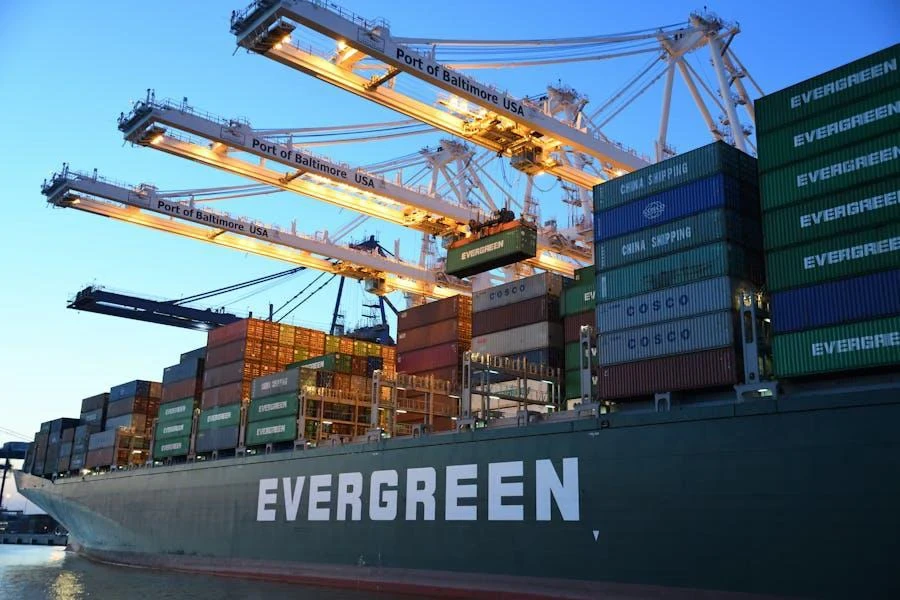
Launched ambitiously in 2017, the Ocean Alliance is a maritime coalition that was conceived with a vision to streamline and fortify the arteries of international commerce over an initial span of five years, with the sights set firmly on a horizon that promised an option for renewal.
At the heart of its formation stand four titans of the shipping industry: COSCO (China Ocean Shipping Company), OOCL (Orient Overseas Container Line), CMA CGM, and Evergreen Line, each bringing their unique strengths and capacities to this oceanic alliance.
Commanding around 330 container ships with an awe-inspiring combined carrying capacity of approximately 3.8 million TEUs (Twenty-foot Equivalent Units), the Ocean Alliance represents about 16% of the world’s fleet capacity. Covering the crucial arteries of global trade, the alliance offers more than 40 services that span across the major trade lanes:
- 19 Transpacific services steer the massive trade between Asia and North America, ensuring goods flow seamlessly between the Eastern and Western hemispheres.
- 7 services between Asia and Europe traverse the world’s largest trade corridor, knitting together the vast markets of Asia with European economic powerhouses.
- 4 services between Asia and the Mediterranean link the markets of Asia with the historic and economically diverse regions bordering the Mediterranean Sea.
- 2 Transatlantic services bridge the Atlantic to facilitate trade between North America’s and Europe’s dynamic economies.
- 4 services between Asia and the Middle East connect the manufacturing hubs of Asia with the energy-rich states of the Middle East.
- 2 Asia-Red Sea services offer vital links between Asia and the Red Sea region, ensuring strategic access to Northeast Africa and the Middle East.
THE Alliance
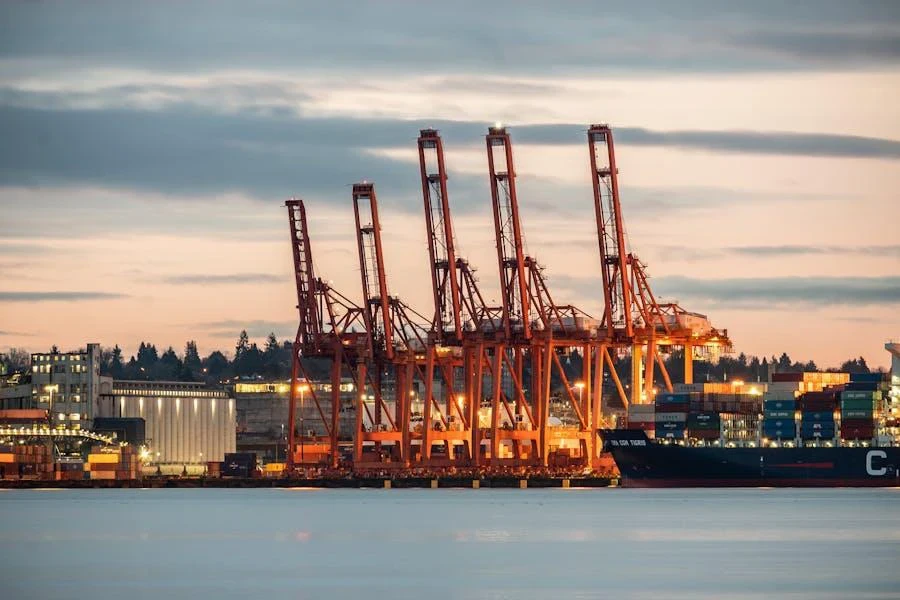
THE Alliance is a strategic alliance that blends the strengths of four principal maritime companies, providing operational benefits and enhanced service provision across critical global routes. Yang Ming is at the helm of this alliance, contributing an impressive 80% of its container capacity, making it the largest partner within this consortium.
Following closely is Hyundai Merchant Marine (HMM Co., Ltd), which commits 78% of its shipping capability, emphasizing its pivotal role in the partnership. Ocean Network Express (ONE) brings another 69% of its container capacity. Meanwhile, Hapag-Lloyd, integrating 43% of its capacity, rounds out this maritime group.
THE Alliance leverages an expansive fleet of 260 ships, making waves across 82 global ports and ensuring a comprehensive slate of services with 31 distinct offerings. This vast operational canvas covers essential trade lanes, including the Trans-Atlantic, Trans-Pacific, and Asia-Europe routes.
With a combined deployed capacity of approximately 3.03 million TEUs, THE Alliance commands about 12% of the global container ship capacity, allowing it to handle a significant share of international maritime commerce.
A primary objective of THE Alliance is to elevate operational efficiencies across these crucial trade lanes. This commitment translates into improved port-to-port transit times, which are vital for the timeliness of goods and have direct implications for global supply chain dependability.
Additionally, this ocean alliance places a concerted focus on minimizing environmental impacts. By optimizing vessel utilization and streamlining schedules it not only reduces fuel consumption and emissions but also enhances service reliability and cost-efficiency for its global clientele.
The regulatory oversight in ocean alliances
These three major ocean alliances have undeniably streamlined logistics operations, reduced shipping costs, and increased efficiency within the global shipping industry. However, one of the most pressing concerns of such maritime coalitions is the potential for anti-competitive behavior.
With such a significant share of the world’s shipping capacity under their control, these ocean alliances possess substantial market power, which, if misused, could lead to practices like price-fixing, capacity manipulation, or sidelining smaller shipping competitors.
Recognizing these risks, regulatory bodies across the globe call for stricter regulations and closer oversight to ensure these maritime alliances operate within legal and competitive boundaries. This could mean limiting the scope of collaboration between alliance members, ensuring that no single alliance can unilaterally control market trends or prices.
Visit Alibaba.com Reads for more insights and market updates on logistics and trade!

Looking for a logistics solution with competitive pricing, full visibility, and readily accessible customer support? Check out the Alibaba.com Logistics Marketplace today.
